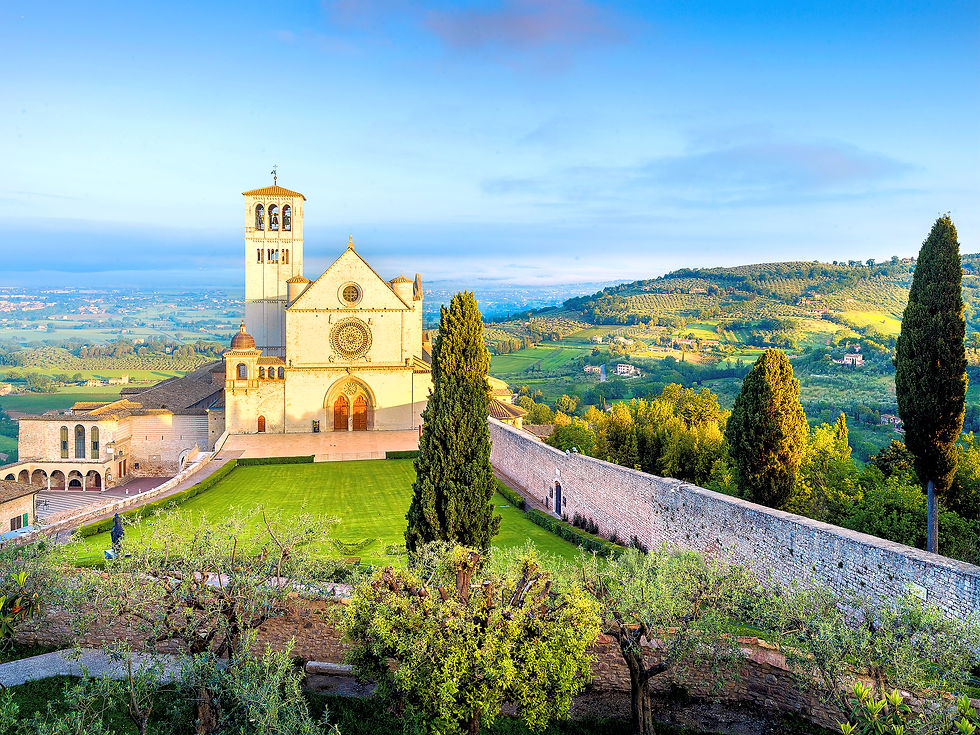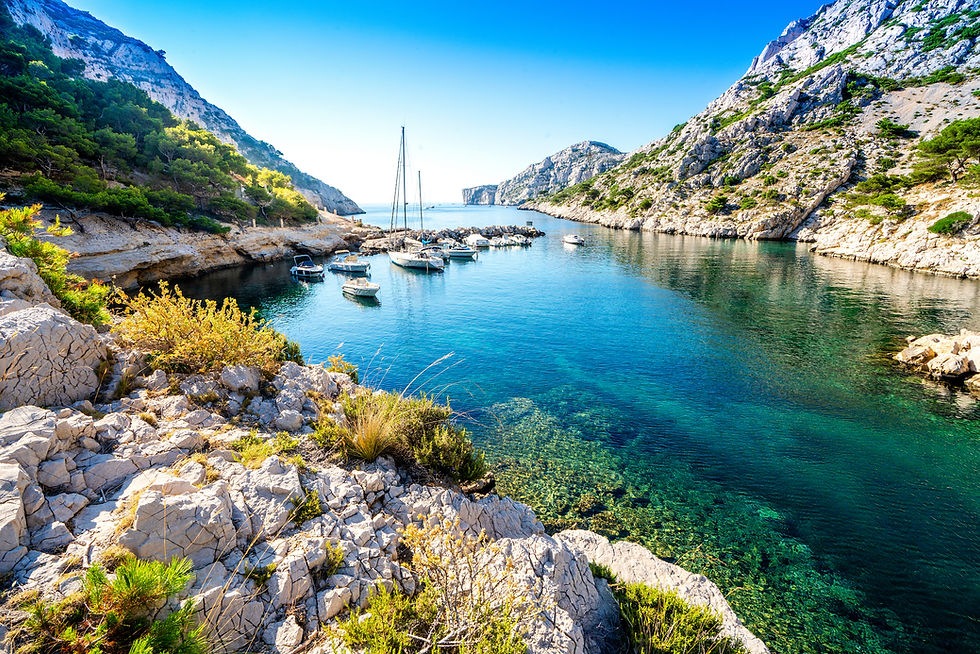Can your photography be "Fine Art" and if so what makes it Fine Art and who decides it?
- Susanne Kremer

- Apr 5, 2024
- 4 min read
Updated: Aug 21, 2024

From Snapshots to Fine Art Compositions
Landscape photography: can it be fine art,… or is it just a snap of nature’s beauty?
Famous Quote by Pablo Picasso: "Art is the lie that enables us to realize the truth."
It’s a debate that’s raged on like a tempest in a teapot among photography enthusiasts and art aficionados alike.
But fear not, fellow shutterbugs and art lovers, for we’re about to embark on a journey through the verdant hills and sun-kissed vistas to unravel the mysteries of what makes landscape photography truly shine as fine art, all while having a barrel of laughs along the way!

Now, let’s address the elephant in the room — why the skepticism towards photography as art? Some argue it’s because everyone and their grandma can snap a photo with their trusty smartphone.
Others reckon it’s because a photograph, with its uncanny realism, leaves little room for the imagination to wander like a lost puppy in a meadow.
And let’s not forget the ease of “LOOK ALIKES “ or even copying and pasting in the digital realm — a veritable playground for pranksters and plagiarists!
But wait, there’s more to this tale than meets the eye! Picture this: Peter Lik, a wizard behind the lens, fetches a whopping $6.5 million for one of his snapshots. Aha! Could it be that the secret sauce lies not just in the art itself, but in the marketing mastery of the photographer? The plot thickens!

So, what makes a landscape photo transcend from mere pixels to fine art? Is it the creative vision of the photographer, the whimsical dance of light and shadow, or perhaps just a stroke of luck?
Cue the drumroll for the grand reveal of the elusive definition of fine art landscape photography!
Is it when the photo graces the walls of homes and offices like a prized trophy? Or when it’s intentionally crafted for display and sale, much like a chef meticulously plating a Michelin-star dish? Ah, the plot thickens like a hearty stew simmering on a chilly winter’s eve!

But hold your horses, folks, for we’re just getting started on this rollercoaster ride of artistic exploration! Strap yourselves in as we traverse from mundane snapshots to awe-inspiring fine art compositions in three swift steps!
Step one: snapping away at nature’s wonders. But beware, dear friends, for not all clicks are created equal! A thoughtless snap might as well be a blink of an eye — here one moment, gone the next, leaving you scratching your head in bewilderment. But fear not, for even the greatest artists stumble before they soar!
Step two: the art of making, not just taking, a photo. It’s not just about clicking the shutter; it’s about weaving a tapestry of light and composition so exquisite that it’ll make your heart skip a beat. Picture this: a majestic landscape bathed in golden hues, captured not just with a camera, but with the soul of an artist.

Step three: the pièce de résistance — post-processing prowess! Ah, Photoshop, the modern-day alchemist’s lab where pixels are transmuted into pure gold. But beware, dear reader, for there’s a fine line between enhancing reality and crossing into the realm of fantasy. Is it cheating, or is it simply unleashing the boundless potential of digital artistry/fantasy ? The debate rages on like a wildfire in a dry forest!'
Step four: But fret not, for in this brave new world of photography, there are no rules, only endless possibilities! Whether you wield a DSLR or an iPhone, whether you paint with light or pixels, the only limit is your imagination!
And here come the Who: in reality, the determination of whether a landscape photography qualifies as art involves a multitude of factors and stakeholders, each playing a role in shaping its perceived artistic merit:
1. The Artist: At the heart of it all lies the photographer, the visionary behind the lens. Their creative vision, technical skill, and personal interpretation of the landscape are fundamental in shaping the artistic quality of the photograph. Through their choices in composition, lighting, and post-processing techniques, photographers imbue their work with a unique perspective that reflects their artistic sensibilities.
2. Art Critics and Historians: The art world is replete with critics and historians who analyze, interpret, and contextualize artworks within broader cultural and historical frameworks. Their assessments and scholarly discourse contribute to the validation and recognition of certain works as significant contributions to the artistic canon.
3. Curators and Gallery Owners: Curators and gallery owners play a pivotal role in showcasing and promoting artwork to the public. Their selections and curation decisions influence which landscape photographs are presented to audiences, thereby shaping perceptions of what is considered noteworthy or valuable within the art community.
4. Art Institutions and Museums: Established art institutions and museums serve as custodians of cultural heritage and arbiters of artistic excellence. Their acquisition and exhibition of landscape photography contribute to its validation as a legitimate art form, elevating certain works to the status of fine art through institutional endorsement.
5. Collectors and Patrons: Collectors and patrons of the arts wield considerable influence in the art market, often determining the commercial success and prestige of individual artworks. Their acquisitions and investments can confer legitimacy and value upon landscape photographs, propelling them into the realm of fine art through market validation.
6. Public Perception and Reception: Ultimately, the broader public plays a crucial role in shaping the perception and reception of landscape photography as art. Viewer engagement, appreciation, and interpretation of the work contribute to its cultural significance and enduring legacy.
So, dear reader, as we bid adieu to this whirlwind tour of landscape photography, remember this: art is not just about what you see, but how it makes you feel.
So go forth, fellow adventurers, and let your creativity run wild like a river carving its path through the mountains — for in the world of fine art landscape photography, the sky’s the limit!







Comments